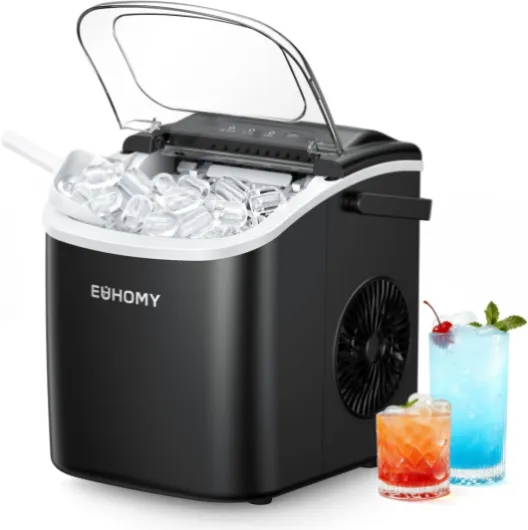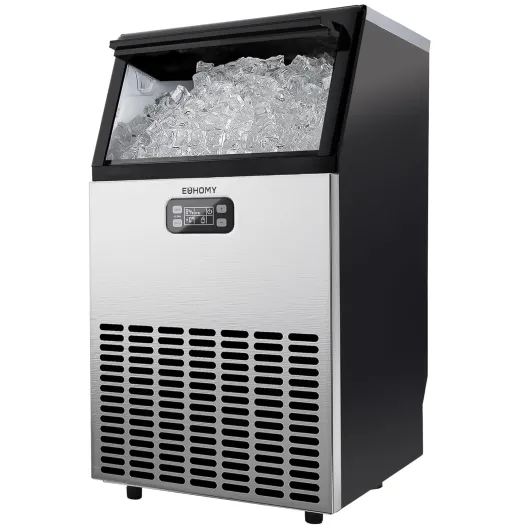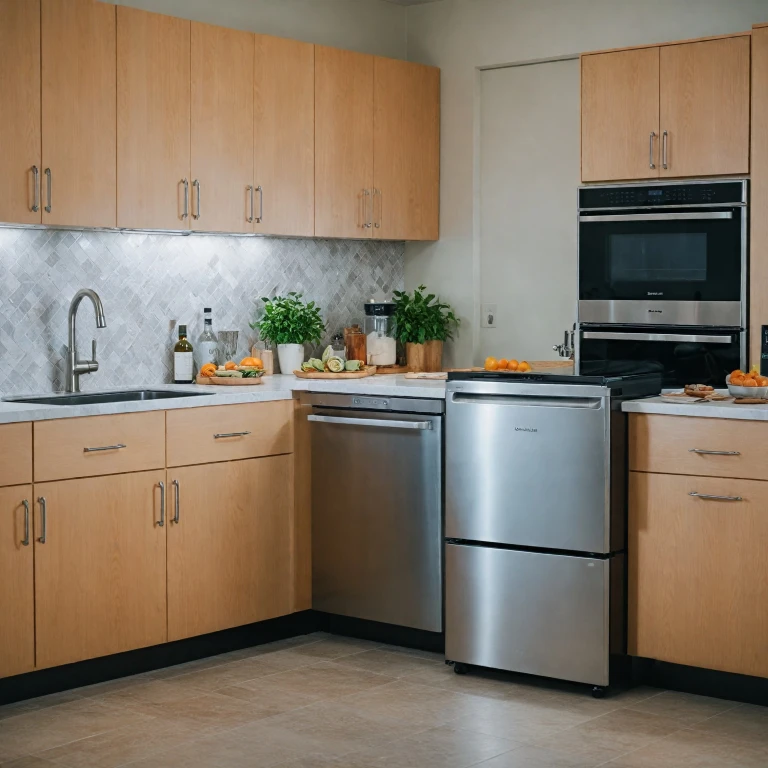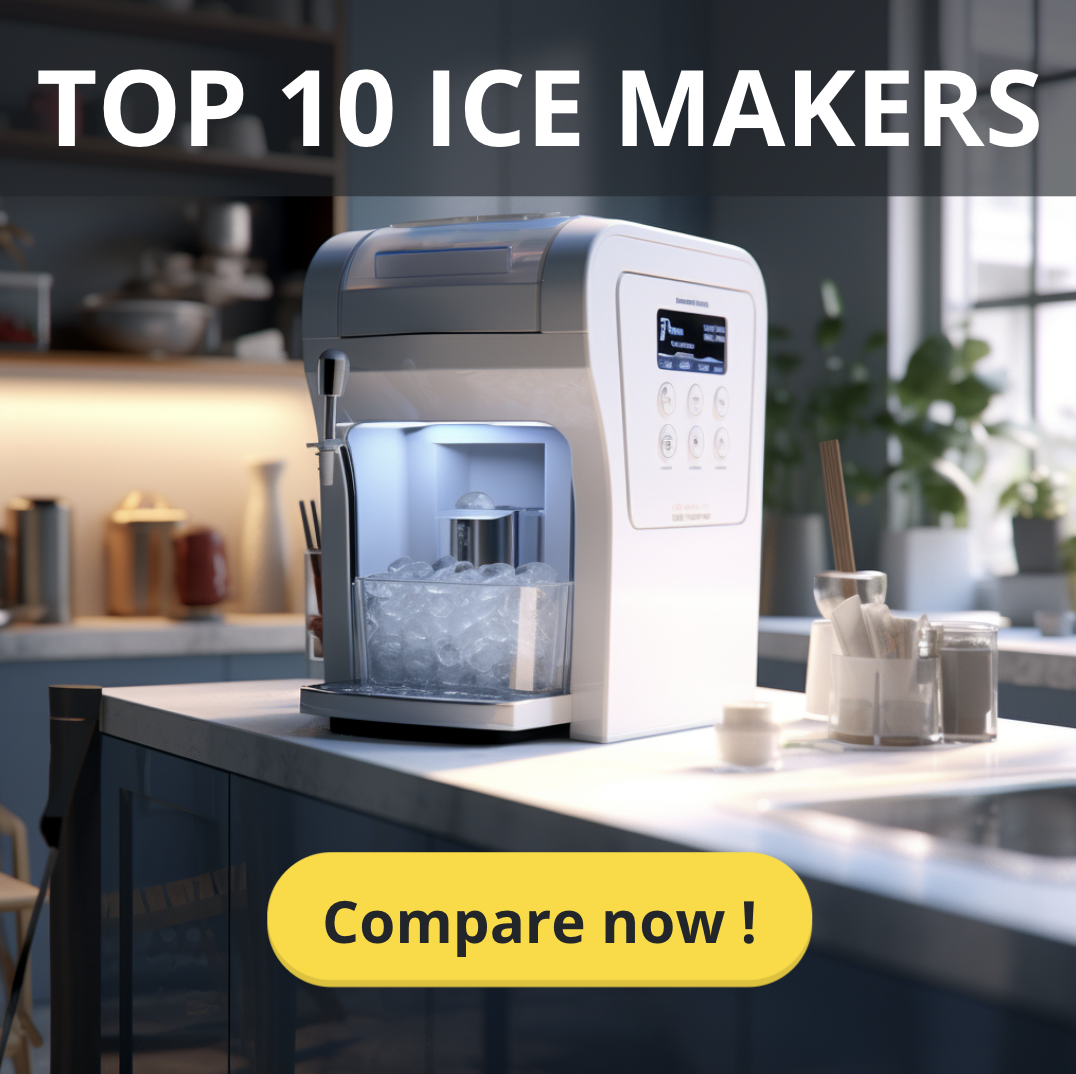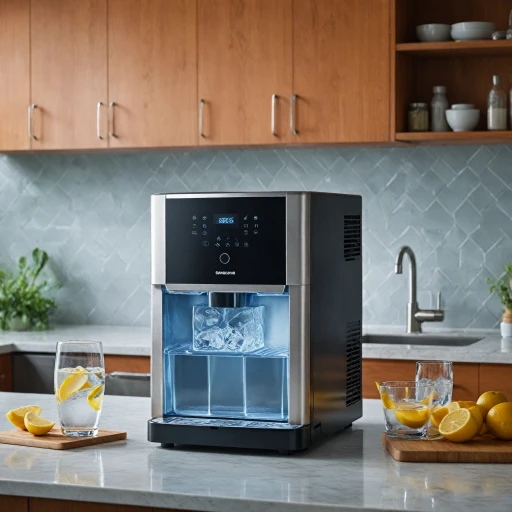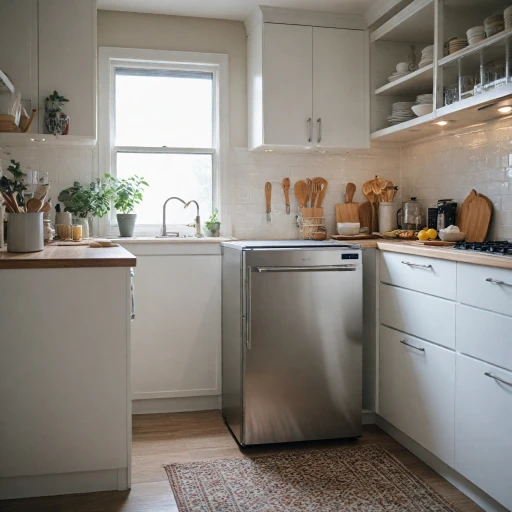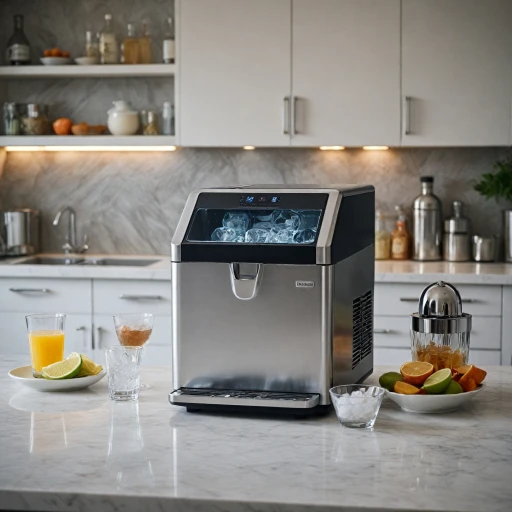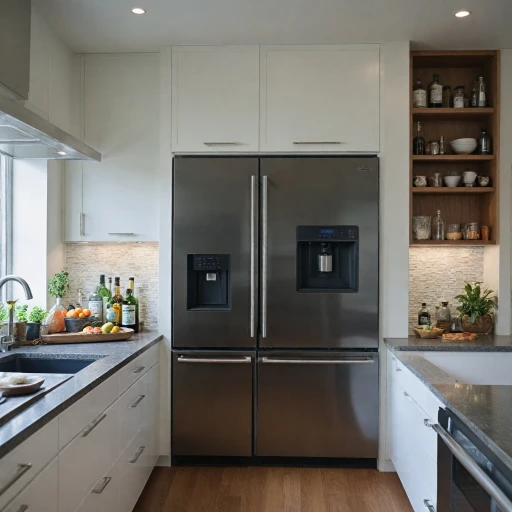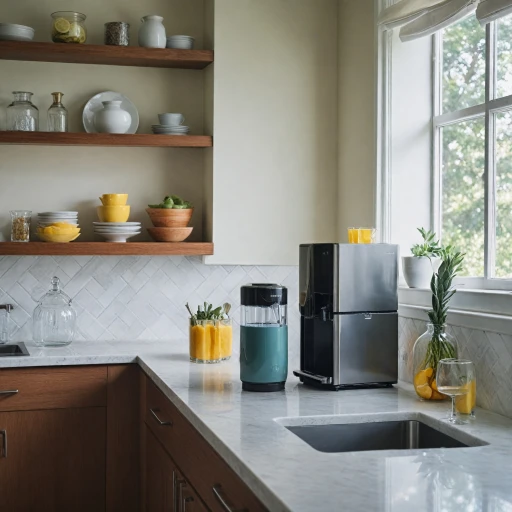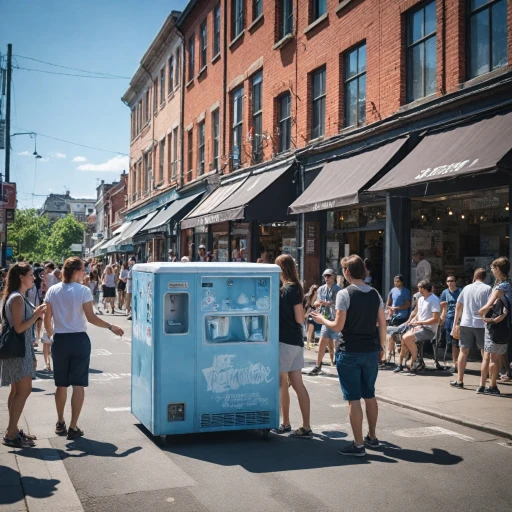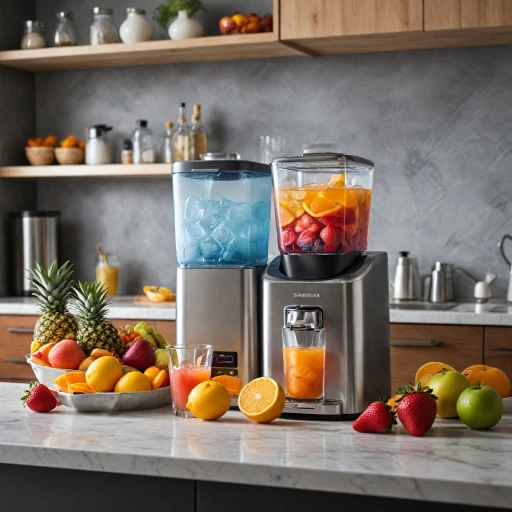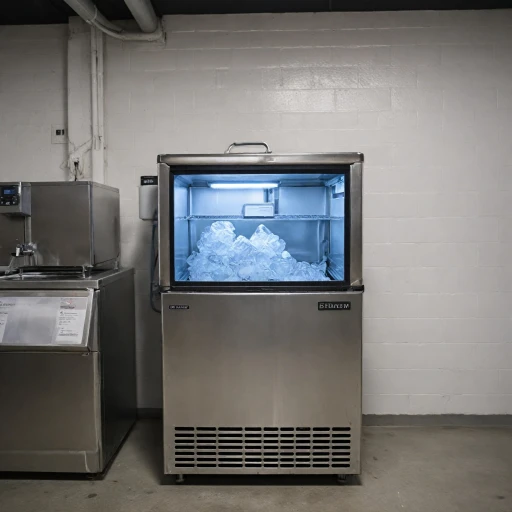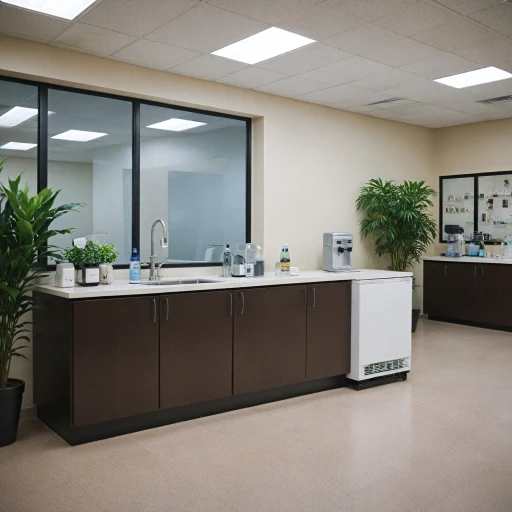
Understanding Freestanding Ice Machines
What Makes Freestanding Ice Machines Unique?
Freestanding ice machines offer a unique advantage due to their versatility and capacity. Unlike built-in or countertop models, these machines are designed to stand independently and can be placed in a variety of settings, from commercial kitchens to home bars. They are particularly beneficial for businesses that require a reliable supply of ice daily, such as restaurants or bars. When looking at freestanding ice machines, you’ll find they often boast a large daily ice production, sometimes exceeding several hundred lbs of ice per day. This makes them ideal for high-demand environments. They are also favored for their large storage capacity, allowing you to have a substantial reserve of ice ready for use. Freestanding models often feature a durable stainless steel construction, which not only enhances their aesthetic appeal but also ensures longevity and resistance to wear in busy environments. Some models are designed for specific requirements, such as marine uses or producing nugget ice, which is softer and preferred for certain beverages. For those keen on energy efficiency and optimal performance, understanding the production and storage capabilities of various freestanding ice makers is crucial. By assessing your specific needs, you can choose a machine that balances ice production with storage capacity, ensuring you always have enough ice on hand without over-investing in unnecessary capacity. For a deeper understanding of how a freestanding model compares to other types of machines, you might want to explore The Ultimate Guide to Choosing a Nugget Ice Dispenser. This guide can provide insights into specific features and benefits that might be critical for your needs.Key Features to Consider
Factors to Consider in Your Selection
Selecting the right freestanding ice machine involves understanding and evaluating key features that align with your needs. Here are crucial elements to keep in mind:- Production and Capacity: Analyze the daily ice production capabilities. Whether you need a machine that delivers 100 lbs, 300 lbs, or 500 lbs daily, ensure it suits your demands. Commercial environments often require high-capacity ice makers that can keep pace with customer flow.
- Type of Ice: Determine the preferred ice type you need, such as nugget ice, crescent ice, or clear ice. Each has its unique texture and melt rate, catering to various applications from cocktails to buffet displays. Different models provide different types, so choose one that complements your service needs.
- Storage Capacity: Consider the storage capacity. Machines with higher storage capacity allow you to stockpile ice, reducing the frequency of refills and ensuring you never run out during peak times.
- Material and Construction: Opt for a durable stainless steel exterior for longevity and ease of cleaning. Models made with high-quality stainless steel tend to withstand the demands of continuous use and offer a sleek, professional appearance.
- Space and Placement: Before purchasing, measure the intended space and ensure the ice maker fits. Freestanding ice makers need adequate room for ventilation, especially in tight commercial or residential settings.
- Water Connection: Ensure you have a dedicated water line for consistent ice production. Review the installation guidelines to save on unexpected plumbing costs.
Installation and Maintenance Tips
Steps for Seamless Installation and Proper Maintenance
When it comes to setting up your freestanding ice machine, proper installation and regular maintenance are crucial to ensure optimal performance and longevity. By paying attention to these aspects, you can avoid unnecessary repairs and downtime, which is especially important in commercial settings where consistent ice production is key.- Location Selection: Choose a spot that allows free airflow around the machine while also being close to a water source and a suitable power outlet. Ensure that the floor is level to prevent any operation issues. For marine or small kitchen settings, consider models with compact designs that offer reliable storage capacity.
- Water Supply and Drainage: Ensure that the machine is connected to a reliable water supply and that the drainage system can handle the daily ice production capacity. Stainless steel ice machines typically require a plumbing connection for efficiency and consistency in ice maker lbs.
- Routine Cleaning: Regular cleaning of your ice maker is essential to produce clear ice and prevent scale build-up. Use a mild cleaning solution and follow the manufacturer's recommendations on how often to clean your ice machine — a critical step often overlooked in high-demand commercial ice maker operations.
- Filter Management: Replace water filters as per the manufacturer’s guidelines to maintain the machine's efficiency and ensure the production of high-quality, nugget ice or crescent ice. This is an important aspect to consider when evaluating different models with varied storage capacity and daily ice output.
- Scheduled Maintenance: Periodically inspecting the ice maker for wear and tear, ensuring the freestanding model’s parts such as compressors and evaporators function correctly, is key. This proactive approach helps avoid disruptions in ice production, whether for free-standing units or commercial ice makers.
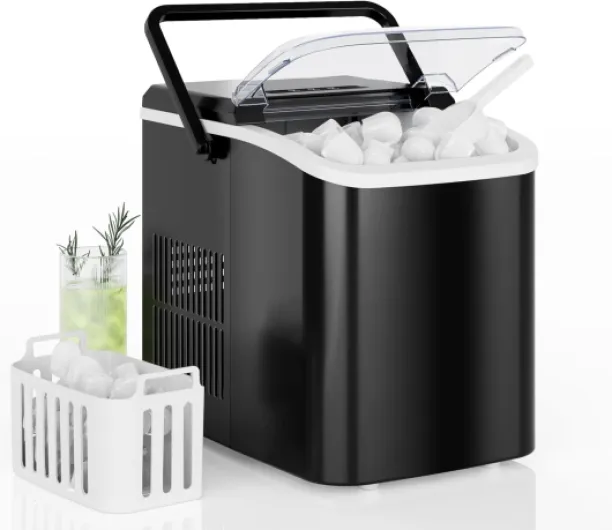
- + Fast Ice Production: 9 bullet ice cubes in just 6 minutes
- + Self-Cleaning Function: Easy maintenance
- + Portable: Ideal for home, kitchen, RV, and camping
- + Compact Design: Saves space on countertop
- + Quiet Operation: Doesn't disturb your environment
Comparing Popular Models
Comparing Top Models for Diverse Needs
When investigating various freestanding ice makers, it's vital to consider their ice production capacity and the type of ice they produce. Models vary greatly, catering to different commercial and personal requirements. Let's dig into some popular choices available on the market.
- Commercial Ice Makers
- Larger Capacity: Opt for machines like the model umcr, which are designed for high-demand environments. These machines can produce hundreds of lbs daily, ensuring a steady supply for your business.
- Material and Design: Look for units with stainless steel finishes that contribute to durability, enhancing both aesthetic and functional longevity.
- Freestanding Nugget Ice Makers
- For Home or Office: Compact free standing machines that offer the convenience of nugget ice are popular. Their unique texture is beloved in many households and small offices.
- Efficiency: These machines typically produce less than large commercial units but are efficient enough for personal use with a capacity around 40-50 lbs daily.
- Marine Ice Makers
- Built for Marine Use: Marine ice machines are specially designed to withstand saltwater environments with robust build quality, often featuring advanced water filtration systems.
- Ice Variety: Many models focus on delivering clear ice, ideal for both recreational and commercial marine needs.
- Storage Capacity Considerations
- A crucial aspect to evaluate is the storage capacity of your chosen model, which varies significantly. Ensure the machine's storage meets your daily ice demands effortlessly.
When selecting an ice maker, evaluate your daily requirements including the maker lbs capacity, available space for the machine lbs, and the type of ice you prefer, be it crescent ice, nugget ice, or clear ice. By understanding these factors, you can make an informed decision and choose the best machine model that aligns perfectly with your specific needs.
Troubleshooting Common Issues
Identifying and Resolving Common Problems
Dealing with issues related to ice makers can be challenging, but understanding some common troubleshooting tips can save you time and effort. Here’s a guide to help you identify and resolve frequent problems seen in freestanding ice machines.- Inadequate Ice Production: If your ice maker produces less ice than expected, check the water supply. Ensure the water inlet valve is open and not obstructed. Additionally, consider the ambient temperature and ensure the machine is placed in a cool area for optimal daily ice production.
- Ice Quality Issues: Are you finding soft or cloudy ice instead of the desired clear ice? This can often be resolved by using filtered water instead of tap water, as impurities can affect ice clarity. Regular cleaning of your stainless steel ice maker can also prevent mineral buildup that affects ice quality.
- Loud Operation: Unusually loud noises might be a result of improper installation. Double-check that your freestanding ice machine is level and not in contact with surrounding surfaces. Also, inspect for loose parts which might cause vibrations.
- Water Leakage: If the machine leaks, the first step is to check all connections for tightness. Regular inspections can help identify and address leaks early, preventing potential water damage to commercial ice machine components.
Cost and Budget Considerations
Budgeting for Your Ice Machine
When considering a freestanding ice machine, understanding the cost and budget implications is crucial. The price of these machines can vary significantly based on several factors, including the type of ice they produce, their capacity, and the materials used in their construction.
Factors Influencing Cost
- Ice Production Capacity: Machines with higher daily ice production, such as those producing over 100 lbs of ice per day, tend to be more expensive. Consider your needs carefully to avoid overspending on unnecessary capacity.
- Type of Ice: Nugget ice makers or those producing clear ice might cost more due to the specialized technology involved. If you prefer crescent ice or bullet ice, you might find more budget-friendly options.
- Material and Build: Stainless steel models are typically more durable and aesthetically pleasing, but they come at a premium. If budget is a concern, consider models with a mix of materials.
- Commercial vs. Residential: Commercial ice machines often have higher storage capacity and production rates, which can increase costs. Ensure you choose a model that aligns with your usage, whether it's for home or marine use.
Long-term Considerations
Beyond the initial purchase price, consider the long-term costs associated with maintenance and operation. Regular maintenance, as discussed in the installation and maintenance tips section, can prevent costly repairs. Additionally, water and energy efficiency should be factored into your budget, as these can impact your utility bills over time.
Finding the Right Balance
Ultimately, the key is to find a balance between cost and functionality. While it's tempting to opt for the cheapest option, investing in a quality machine can save you money in the long run by reducing repair costs and improving efficiency. Compare popular models to find one that meets your needs without breaking the bank.
-logo-retina.jpg)
